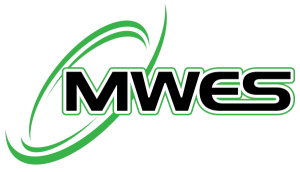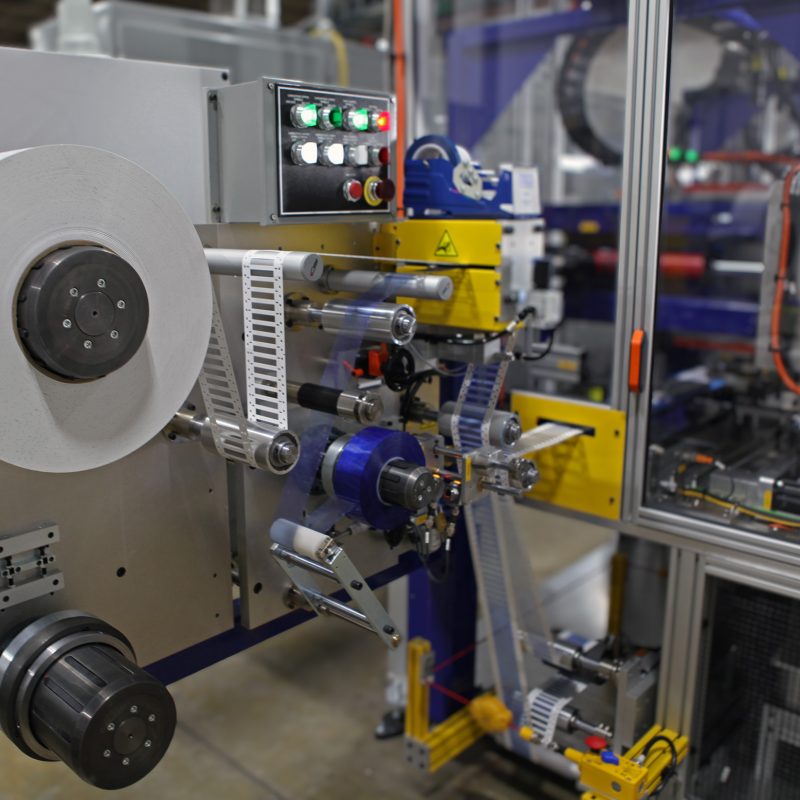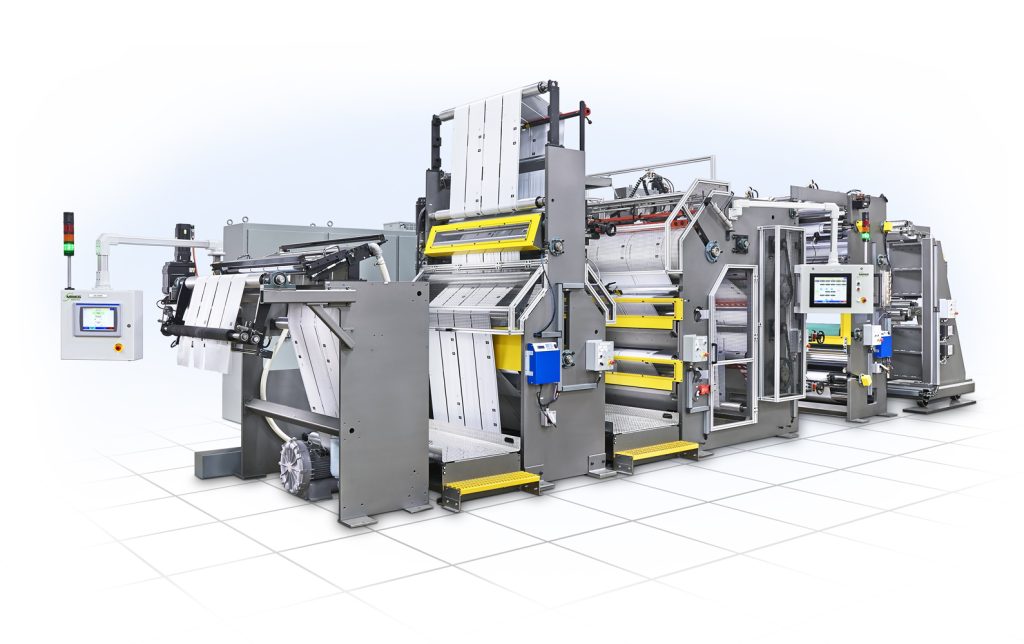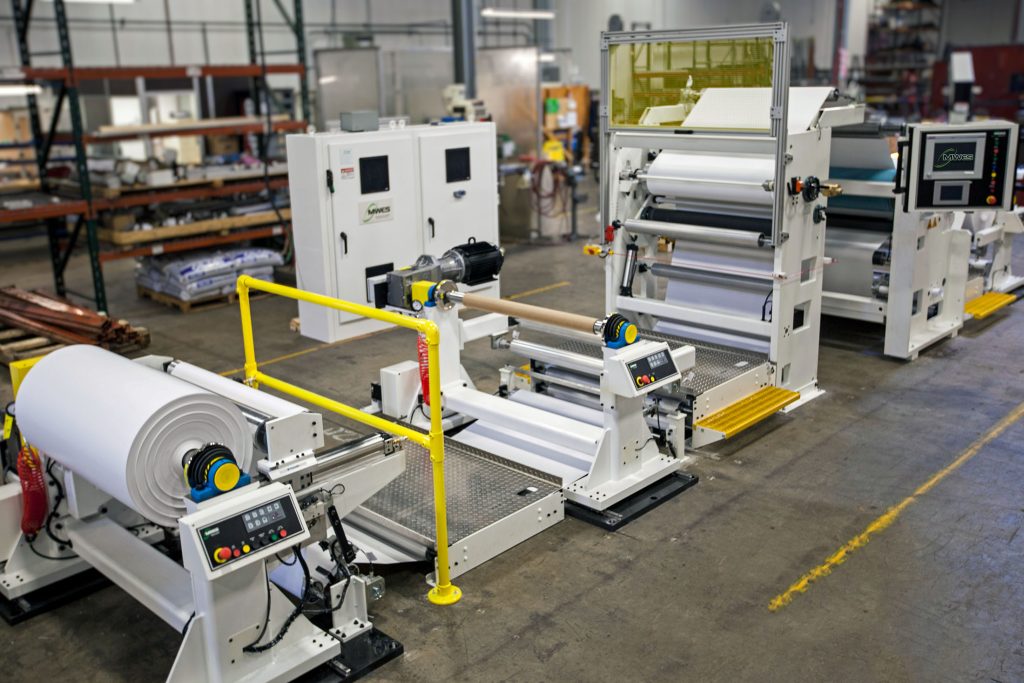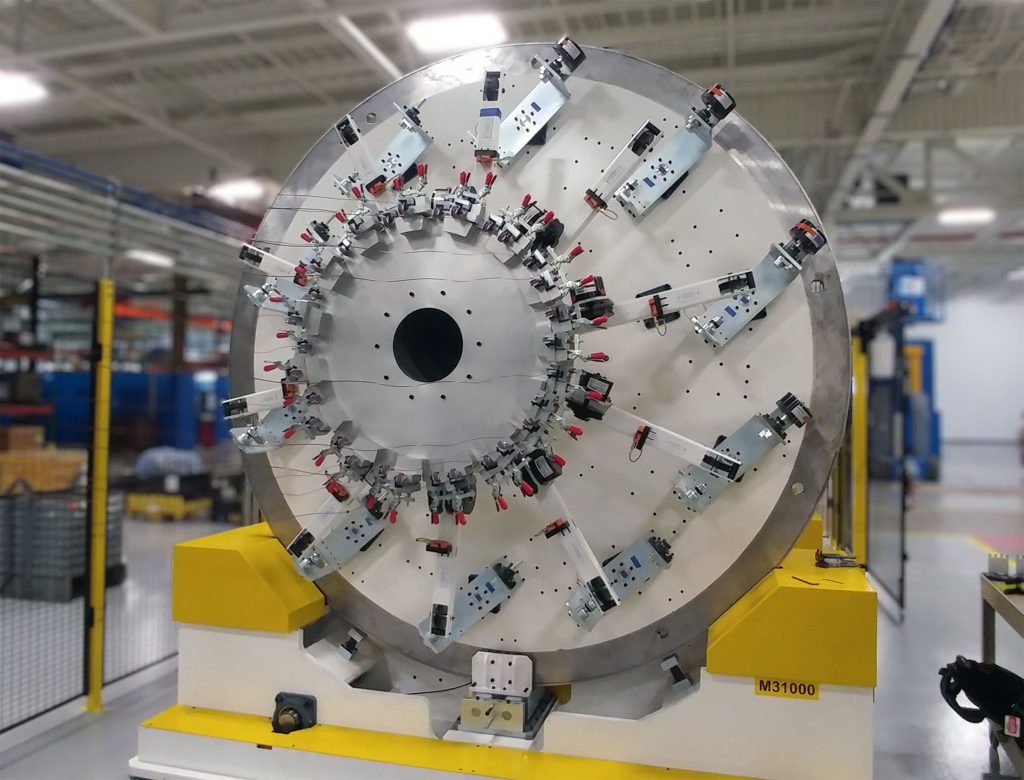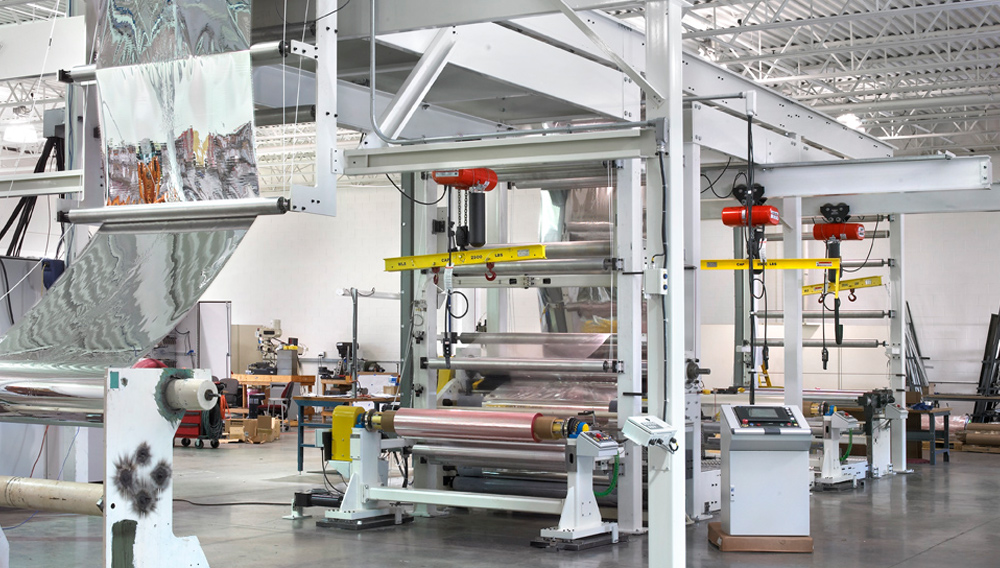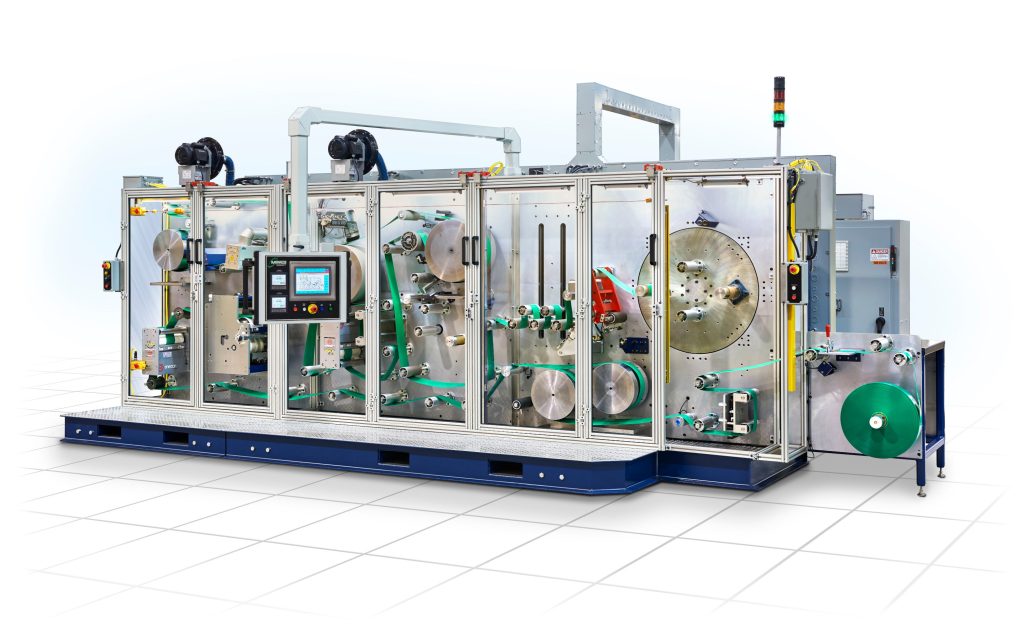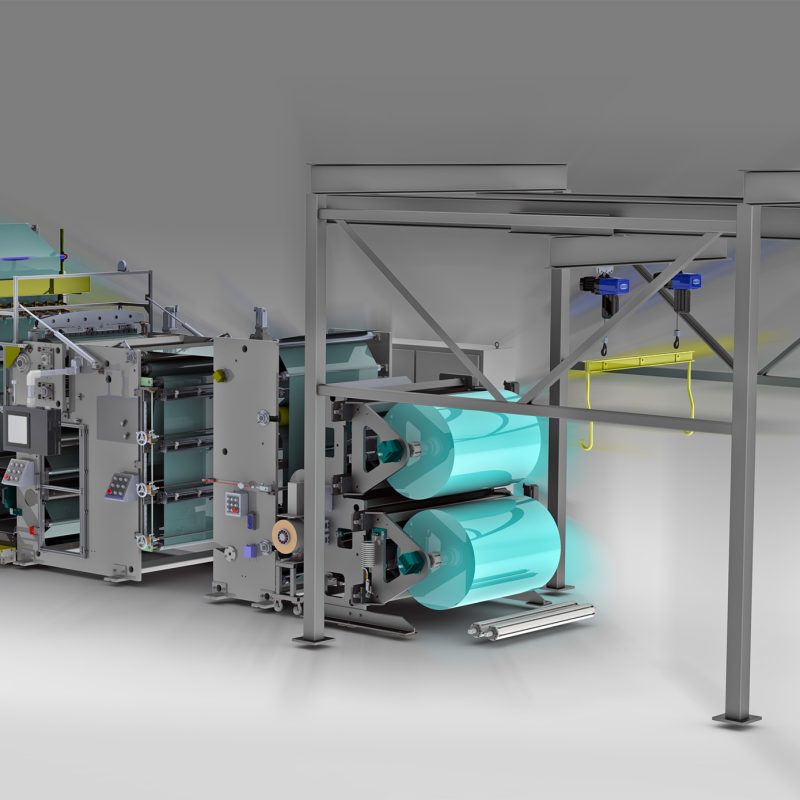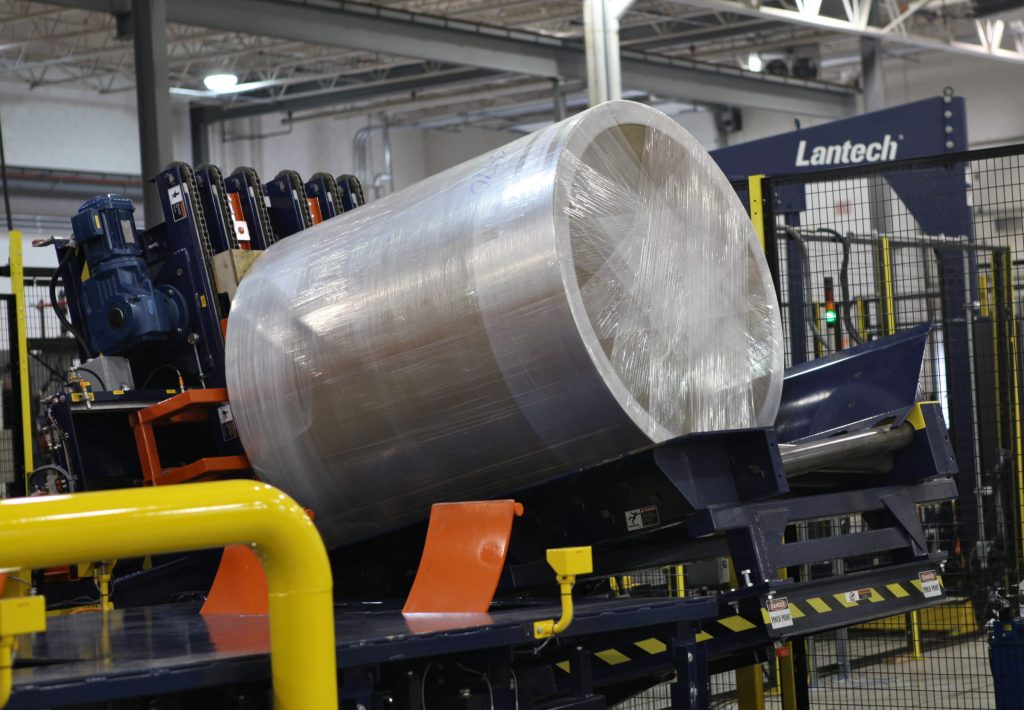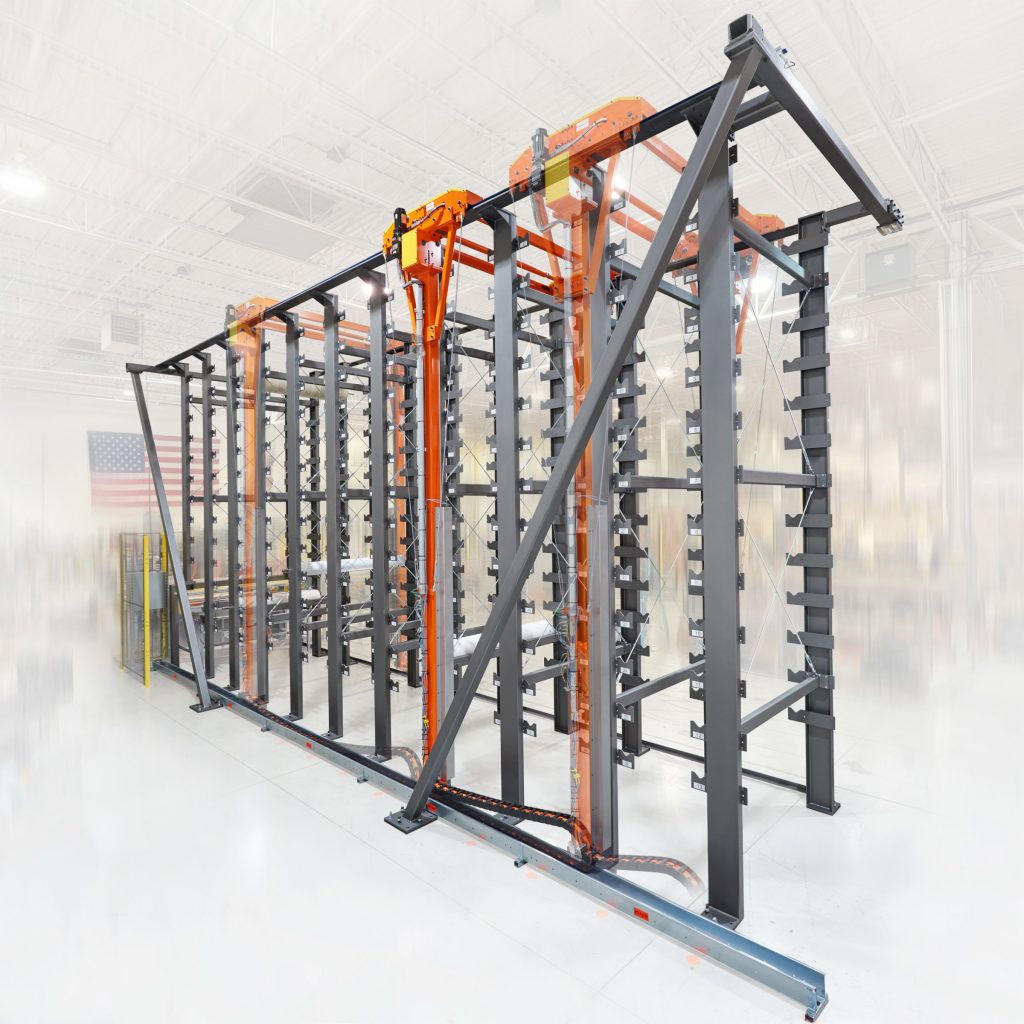Flexo, Gravure & Digital Printing
- Home
- Industrial Automation Capabilities
- Web Handling & Converting
- Flexo, Gravure & Digital Printing

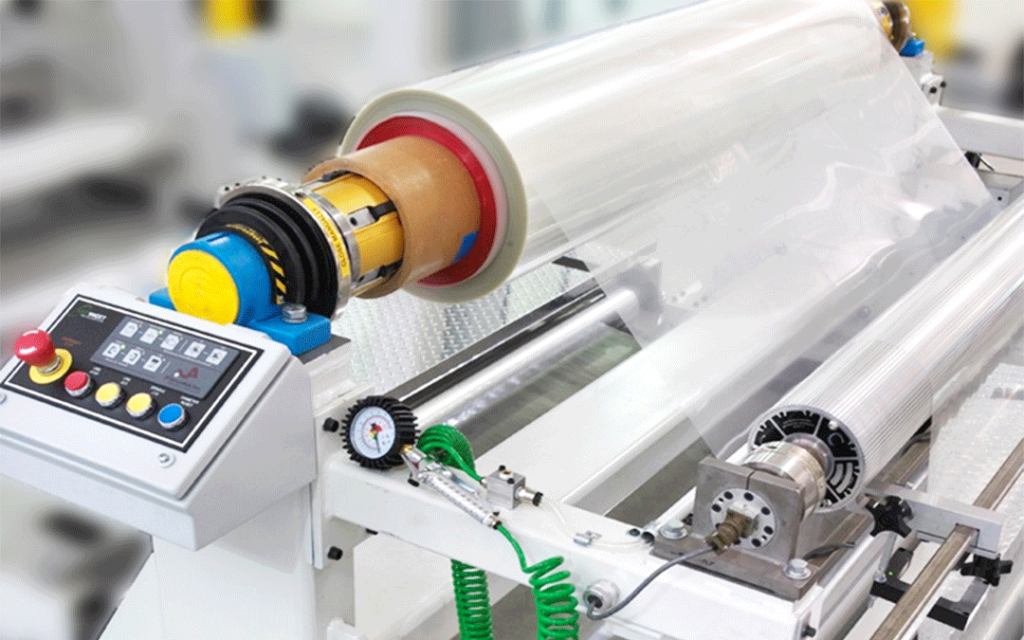
Upgrade Your Printing Process with Web Handling
Midwest Engineered Systems designs and manufactures web handling equipment with multiple printing technologies. With the variety of printing processes available today, each has its relative strengths and weaknesses depending on the printing process needs. Among some of the most common are digital, flexographic, thermal, inkjet, gravure and offset.
We use various industry-leading technology, equipment and techniques to integrate into systems to bring out the best of those processes. We have integrated large-scale web handling and highly specialized sheet-fed systems for many industries such as the food and medical packaging industries, makers of corrugated boxes, newspaper and other print media companies and manufacturers of self-adhesive labels.
Flexographic Printing
Digital Printing
Inkjet Printing
Thermal Printing
Gravure Printing
Offset Gravure Printing
Contact Midwest Engineered Systems today to discuss your printing needs or learn more about what can be achieved with our automation and web handling systems.
Building the future of manufacturing, together
World-class Automation
